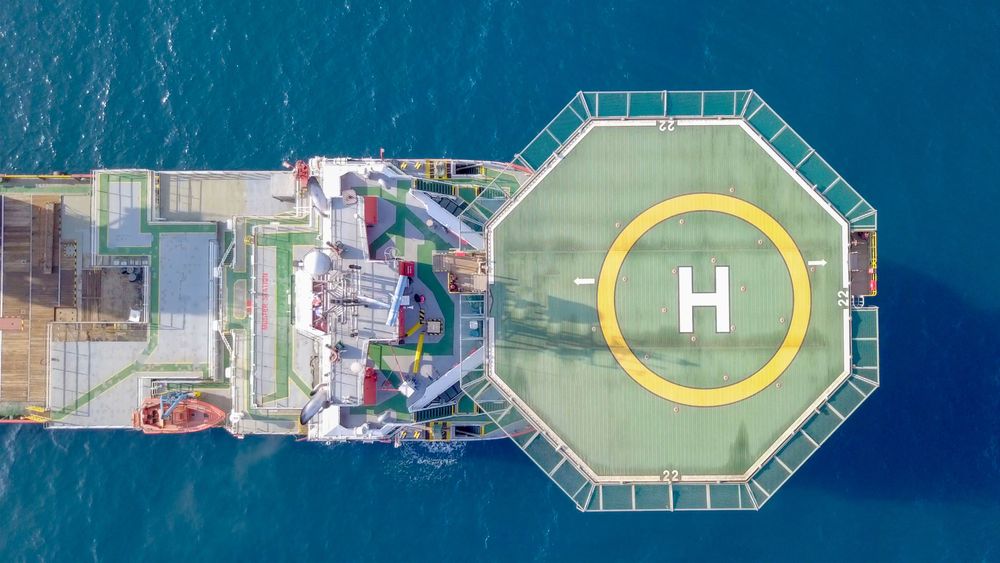Aviation consultancy is a professional service provided by ESCO by expert advice and support to organizations and individuals involved in the aviation industry. We consultant a wide range of services, including business strategy development, operational optimization, market analysis, regulatory compliance, and safety management.
ESCO focuses on helicopter operations onshore and offshore. We bring a deep understanding of the aviation industry from Oil & Gas, Energy and Military backgrounds including the complex challenges faced by airlines where Marine meets Aviation in the offshore sectors. We use this expertise to help our clients make informed decisions, improve their operations and achieve their goals. In addition to our extensive industry knowledge, our consultants also bring a wide range of skills and experience to the table, including financial analysis, project management and data analysis.
We become one with our clients and work hand in hand with them in order to understand their unique needs and face challenges together by providing expert support and guidance to help them succeed in a rapidly evolving and competitive market. Additionally, to assure the client that the supporting infrastructure, including fire and rescue requirements, radio operations, meteorological systems, security and passenger administration are operating in accordance with AMC, CAP, ICAO, local and company standards.
An Aerodrome is a defined area on land or water (including any buildings, installations, and equipment) intended to be used either wholly or in part for the arrival, departure and surface movement of aircraft and is usually a large and complex airfield that is designed for the operation of fixed-wing aircraft, such as passenger airliners and jets. Aerodromes usually have multiple runways, taxiways and aprons and are equipped with various facilities, such as terminals, hangars and maintenance areas. Audits include parking areas, refueling systems, emergency response and firefighting systems.
A heliport is a smaller facility specifically designed for the operation of helicopters. Heliports typically have a much smaller landing areas, called a helipad and are equipped with fewer facilities than aerodromes. Heliports are often located in more densely populated areas and are used for short-distance transportation, such as air ambulance services, air taxi services and corporate travel. Sometimes referred to as a helipark if more than one landing areas exist and may also have associated buildings, parking areas, and fueling facilities. A heliport and a helipark are often used interchangeably to refer to a landing area for helicopters. A heliport could be located on a raised structure on land.
A helideck is a landing area specifically designed for helicopter use, typically located on an offshore platform, ship, or other floating structure. Helidecks are typically larger than helipads and are equipped with safety features, such as lights and markings, to ensure the safe landing and takeoff of helicopters. A heliport located on an off-shore structure such as an exploration or production platform used for the exploitation of oil or gas.



